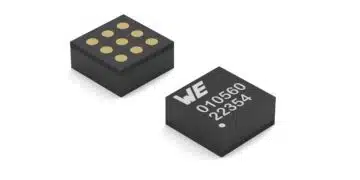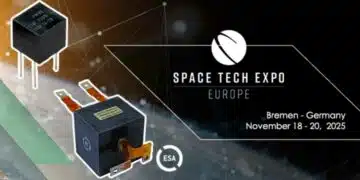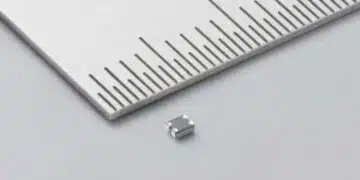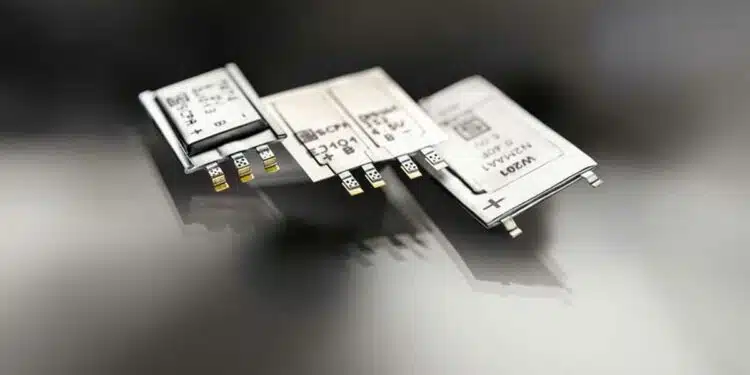SCHURTER is introducing its SCPA family line of super-thin prismatic supercapacitors with a thickness down to 0.4 mm.
Supercaps, also known as supercapacitors, are a unique energy storage device that merges the characteristics of rechargeable batteries with those of capacitors.
This combination allows them to store substantial amounts of energy and release it rapidly, making them highly valuable for various applications.
While supercapacitors may have a lower energy density compared to rechargeable batteries of the same weight, they boast a significantly higher power density, ranging from ten to a hundred times greater.
This superior power density enables supercapacitors to be charged and discharged much faster. Moreover, they can withstand numerous charging cycles without degrading, making them suitable as a replacement or supplement for applications that demand high switching loads.
Power Density vs Energy Density
Understanding the difference between power density and energy density is crucial in comprehending the capabilities of energy storage devices. Power density quantifies how quickly an energy storage device can release or store energy. It is particularly relevant for applications that require short-term, high energy outputs, such as starting an engine. Supercapacitors excel in this regard due to their high power density, which allows them to provide energy swiftly. On the other hand, energy density indicates the amount of energy a storage device can hold over an extended period. A high energy density is essential for applications that necessitate a continuous energy supply.
World’s Thinnest Supercapacitors
The prismatic supercapacitors from SCHURTER are super-thin. With a thickness of just 0.4 mm, one variant of the SCHURTER SCPA family is currently the world’s thinnest supercapacitor.
Applications
The new supercapacitors from SCHURTER are ideal for demanding applications that require high capacitance in the most compact dimensions. For example, in mobile devices, wearable electronics, sensor technology, small power supplies or devices with mobile energy generation and uninterruptible power supplies.
































